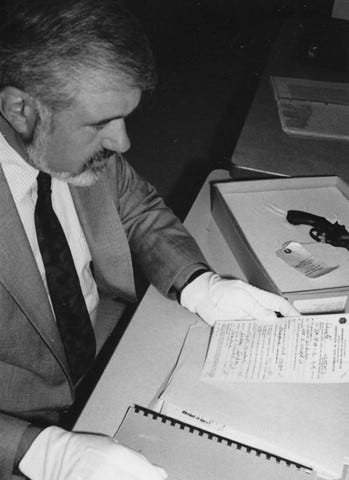How an article I wrote in 1987 triggered the release of the LAPD's entire file on the RFK assassination
In anticipation of the disclosure of the JFK-MLK-RFK records, note that the key files in the RFK case have already been released
Keep reading with a 7-day free trial
Subscribe to MOBOLOGY to keep reading this post and get 7 days of free access to the full post archives.



